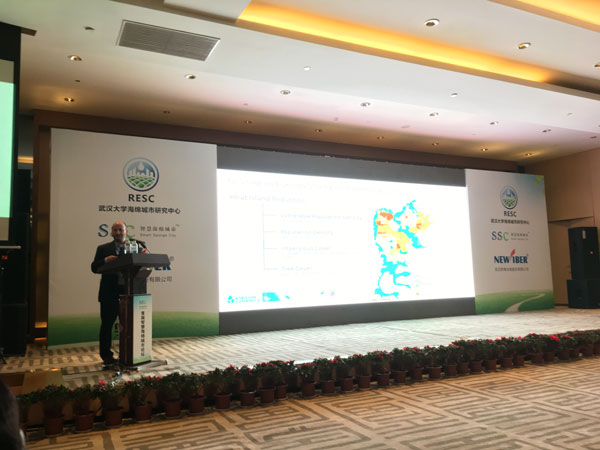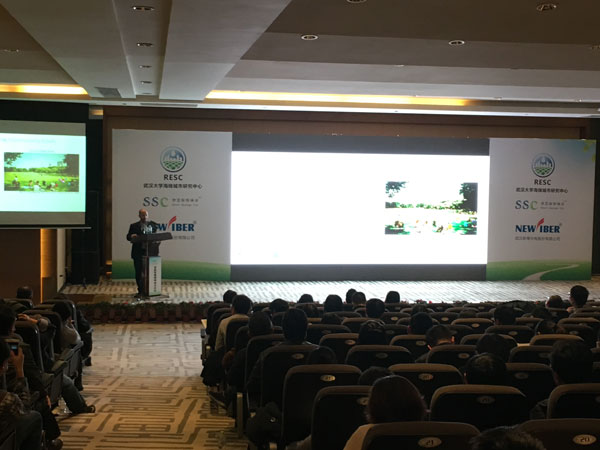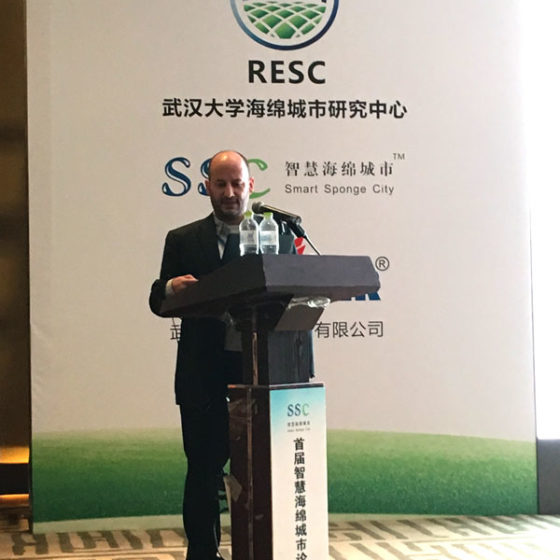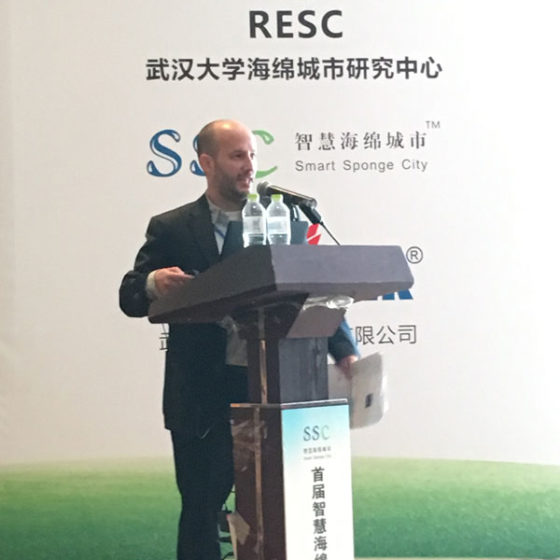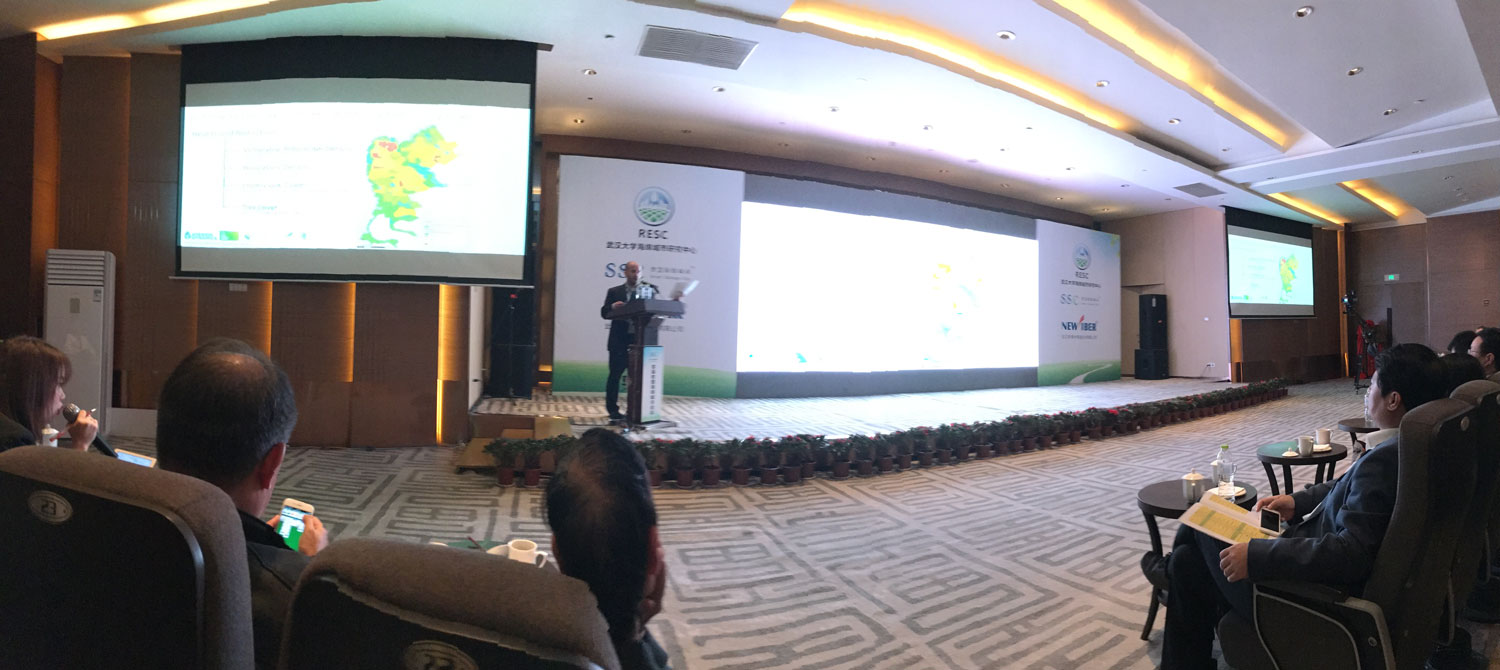
Eric Rothstein, Managing Partner and Engineer at eDesign Dynamics, attended "The First Smart Sponge City Forum & The Launching of the Research Center for Sponge City, Wuhan University," December 17-19 in Wuhan, China.
So what is a smart sponge city?
Instead of funneling rainwater away, a sponge city retains it for use within its own boundaries. Some might be used to recharge depleted aquifers or irrigate gardens and urban farms. Some could replace the drinking water we use to flush our toilets and clean our homes. It could even be processed to make it clean enough to drink.
China has enthusiastically embraced the idea of sponge cities because few countries are wrestling so painfully with the twin problems of rapid urbanisation and poor water management. Around half of China's cities are considered water scarce or severely water scarce by UN measures, and another half fail to reach national standards for flood prevention.
China has now chosen 16 urban districts across the country, including Wuhan, Chongqing and Xiamen, to become pilot sponge cities. Over the next three years, each will receive up to 600m yuan to develop ponds, filtration pools and wetlands, as well as to build permeable roads and public spaces that enable stormwater to soak into the ground. Ultimately, the plan is to manage 60% of rainwater falling in the cities.
A smart sponge city follows the philosophy of innovation: that a city can solve water problems instead of creating them. In the long run, sponge cities will reduce carbon emissions and help fight climate change.

